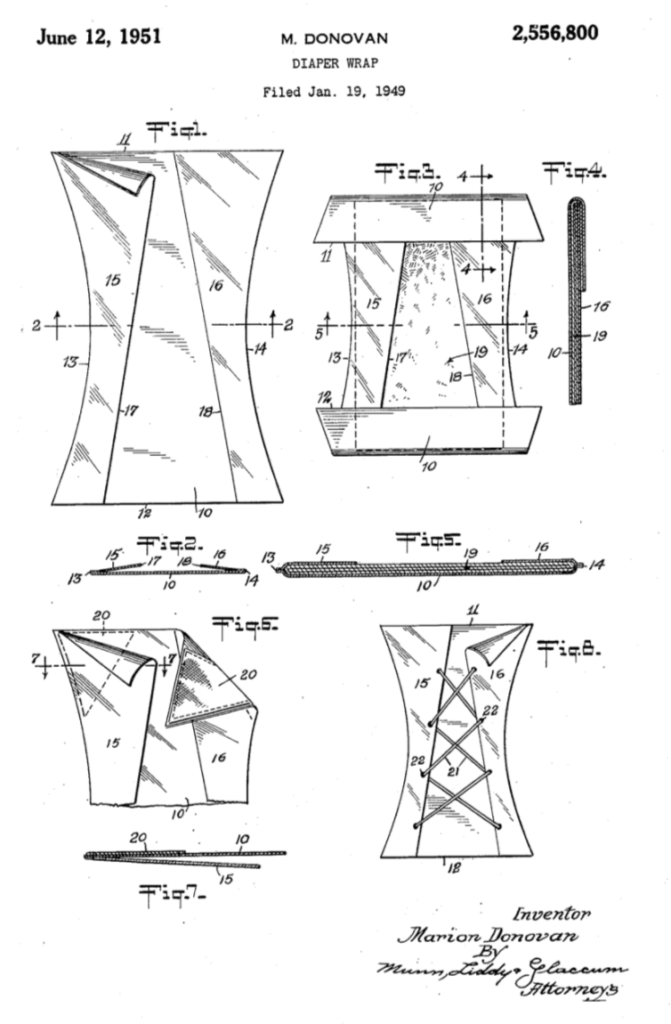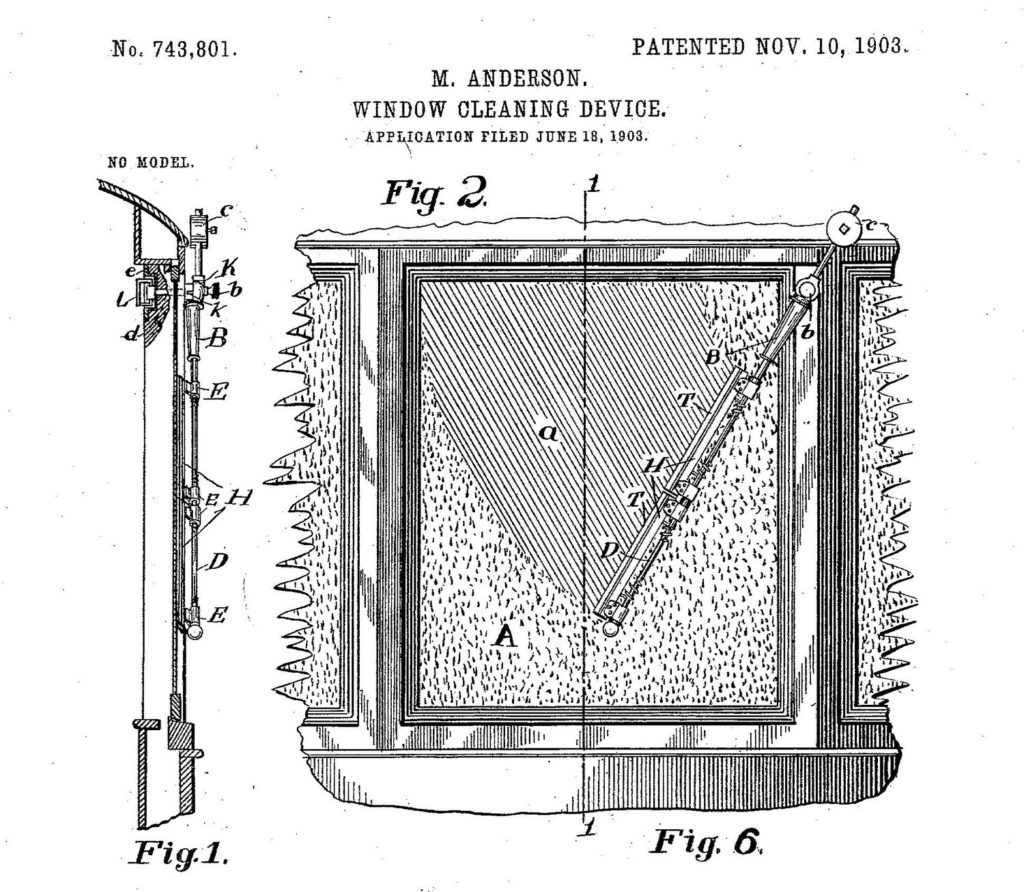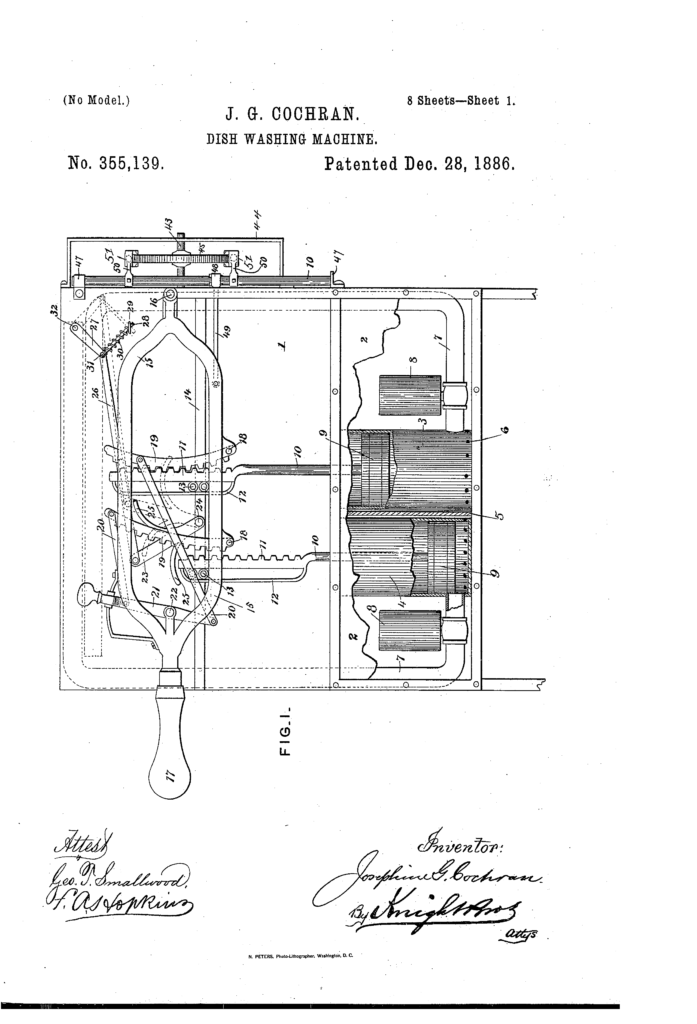How much of your life has been shaped by women?
The purpose of this archive is to show, just exactly, how much of our modern lives have been shaped by women. The women mentioned in this archive invented items from coffee filters to kevlar, and rarely got the credit they deserved.
Getting started
To further your understanding of the impact woman inventors have on our modern day please first see the slider feature. This feature is intended to help readers understand the inventions made by women by taking readers through a typical rainy day. The slider has been organized chronologically to represent one full day. All of the inventions readers will see have been invented and patented by women. The women included represent women of all colors. All the inventions serve as the basics to the products we use today, so they are not organized chronologically.
Once readers have read through the slider they should scroll down to the tile gallery of biographies. This feature is intended to explain the inspiration behind each invention, and a brief history of each woman.
Readers should then see the section titled "Archival Silences." This section is especially important to hear the story of woman inventors from different perspectives. Because many women did not receive credit, they were not mentioned in the public eye with the exception of the US Patent Office.
Lastly, readers should read the "Who Got Credit" section to understand why an archive such as Woman Inventors is so vital to include in our modern history. History is written by the winners, and the winners at the time of many of the inventions featured were men attempting to take credit from revolutionary, smart women.
6:00 AM
Wake up and turn your central heating up a few degrees.
6:10 AM
Change your baby's diaper with a disposable diaper.
7:00 AM
Iron your clothes you are planning on wearing for the day.
7:45 AM
Get ready for the day by curling your hair with a curling iron.
8:00 AM
Make yourself a cup of coffee using a coffee filter.
8:15 AM
Set your disarm home security system before walking out the door.
8:17 AM
Get in your car to go to work. It's raining outside so you turn on your windshield wipers.
6:00 PM
You've had a long day at work and cannot wait to spend some quality time with your kids and husband. On your way home from work you pick up some Toll House Cookie Dough.
7:00 PM
You sit down with a plate of fresh cookies and watch a movie with your family. The movie you are watching was shot through a camera with an improved lens.
10:00 PM
The movie is over and you clean up before going to bed for the night. You wash the dishes in the sink and run them through the dishwasher.
10:30 PM
You see that there a few cookies left over. You put them in a paper bag to save for the next day.
A Day with Women Inventors
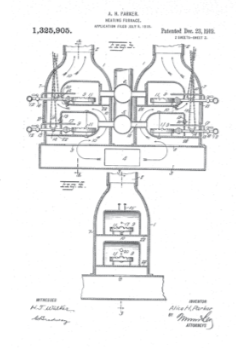

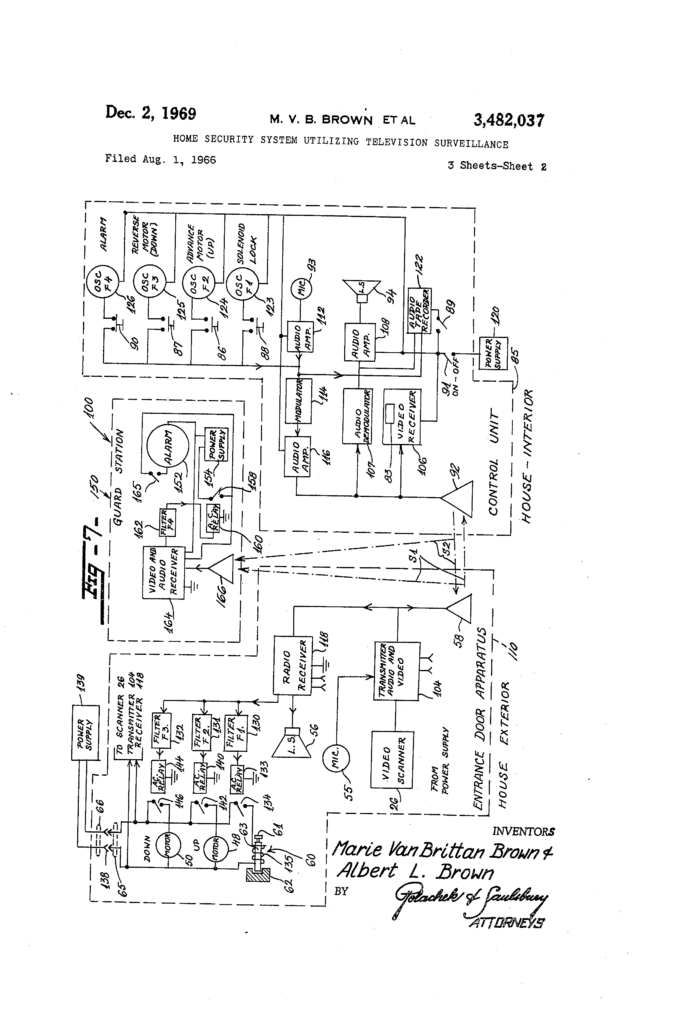
undated
Ruth Graves Wakefield's Toll House, in Whitman, Massachusetts, is pictured on a postcard. After graduating from the Normal School's Department of Household Arts in 1924, Ruth Graves Wakefield worked as a dietician and food lecturer. In 1930, she published Ruth Wakefield's Recipes: Tried and True, which went through 39 printings. One of her recipes was for the tollhouse chocolate crunch cookie, named for the Toll House Inn, a restaurant and boarding house she owned with her husband, Ken Wakefield. To this day, Nestlé prints both her recipe and the Toll House story on the back of its chocolate chip packages. In 1969, she donated her cookbook collection to the college.

Commonly Used Inventions
- Mary Anderson: Windshield wiper
- Margaret Knight: Paper bag
- Josephine Cochrane: Dishwashing machine
- Ruth Wakefield: Toll House cookie dough
- Melitta Bentz: Coffee filter
- Sarah Boone: Ironing board
- Marie Van Brittan: Home security system
- Katharine Blodgett: Improved camera lens
- Marion Donovan: Disposable diaper
- Alice Parker: Central heating system
- Marjorie Joyner: Hot comb
High Science Inventions
- Stephanie Kwolek: Kevlar
- Emily Roebling: Brooklyn Bridge design
- Dr. Patricia Bath: Laserphaco eye surgery
- Gertrude Elion: Aciclovir antiviral drug
- Lise Meitner: Nuclear fission
- Katharine Briggs and Isabel Briggs Myers: Myers-Briggs Type Indicator
Biographies
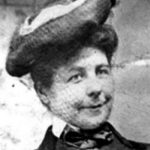
Mary Anderson invented the windshield wiper in 1903. She pitched her idea to a Canadian manufacturer who thought there was no use in the product. 10 years later windshield wipers came with every car. Anderson never made any profit from her invention.
Mary Anderson invented the windshield wiper in 1903. She pitched her idea to a Canadian manufacturer who thought there was no use in the product. 10 years later windshield wipers came with every car. Anderson never made any profit from her invention.
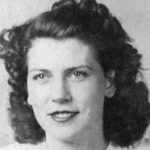
Margaret Knight invented the machine to create flat-bottomed paper bags after working at a textile mill and getting familiar with the machinery. Knight was one of the first women to hold a patent.
Margaret Knight invented the machine to create flat-bottomed paper bags after working at a textile mill and getting familiar with the machinery. Knight was one of the first women to hold a patent.

Josephine Cochrane invented the dishwashing machine, taking after her father and grandfather who were both engineers. While she was a socialite and not formally trained, she was inspired to work out her design after her husband died and left her in debt. Her inspiration for her invention was to create a method in washing china without it chipping.
Josephine Cochrane invented the dishwashing machine, taking after her father and grandfather who were both engineers. While she was a socialite and not formally trained, she was inspired to work out her design after her husband died and left her in debt. Her inspiration for her invention was to create a method in washing china without it chipping.
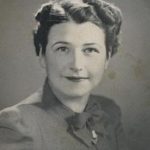
Ruth Wakefield created the original Toll House Cookie Dough recipe. The cookie dough served in Wakefield's restaurant became a staple to help people cope with The Great Depression
Ruth Wakefield created the original Toll House Cookie Dough recipe. The cookie dough served in Wakefield's restaurant became a staple to help people cope with The Great Depression
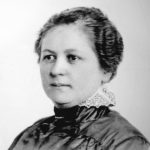
Melitta Bentz invented the first coffee filter. Her inspiration came from the annoyance of sipping coffee grounds in each sip of coffee. She and her family later founded the Melitta Group, now a billion dollar company.
Melitta Bentz invented the first coffee filter. Her inspiration came from the annoyance of sipping coffee grounds in each sip of coffee. She and her family later founded the Melitta Group, now a billion dollar company.
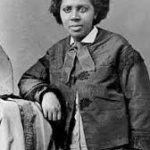
Sarah Boone invented the first ironing board, and was the first African American woman to receive a patent in the US. Boone was born a slave, and once she was freed, became a dressmaker. Her skills in dressmaking helped her understand exactly how an ironing board should be designed.
Sarah Boone invented the first ironing board, and was the first African American woman to receive a patent in the US. Boone was born a slave, and once she was freed, became a dressmaker. Her skills in dressmaking helped her understand exactly how an ironing board should be designed.
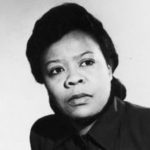
Marie Brown invented the first home security system featuring the first closed-circut television. Her inspiration for her invention came from her fear of leaving her home in Queens at night while she was working. She knew that the police in the area typically responded slowly, so she took matters into her own hands.
Marie Brown invented the first home security system featuring the first closed-circut television. Her inspiration for her invention came from her fear of leaving her home in Queens at night while she was working. She knew that the police in the area typically responded slowly, so she took matters into her own hands.
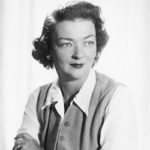
Marion Donovan invented the first disposable diaper. Donovan grew up in her family's factory and had a knack for seeing how things worked. She invented the disposable diaper upon having children, and pitched her idea for 10 years before it got picked up by the company that is now Pampers.
Marion Donovan invented the first disposable diaper. Donovan grew up in her family's factory and had a knack for seeing how things worked. She invented the disposable diaper upon having children, and pitched her idea for 10 years before it got picked up by the company that is now Pampers.
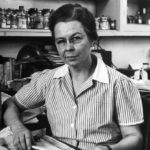
Katharine Blodgett was an engineer at GE who improved camera lenses. She specialized in monomolecular coatings and transformed how we now see movies, and even see through glasses.
Katharine Blodgett was an engineer at GE who improved camera lenses. She specialized in monomolecular coatings and transformed how we now see movies, and even see through glasses.
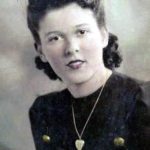
Alice Parker invented the first central heating system using natural gas. She was frustrated with having to constantly worry about the furnace, so she created a way that she did not have to be constantly getting wood to heat her home.
Alice Parker invented the first central heating system using natural gas. She was frustrated with having to constantly worry about the furnace, so she created a way that she did not have to be constantly getting wood to heat her home.
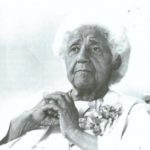
Marjorie Joyner invented curing irons. Joyner opened a beauty salon with her husband and was familiar with black hair care. Inspiration came to her when she was making a pot roast and saw how the hot rods could be used to curl hair.
Marjorie Joyner invented curing irons. Joyner opened a beauty salon with her husband and was familiar with black hair care. Inspiration came to her when she was making a pot roast and saw how the hot rods could be used to curl hair.
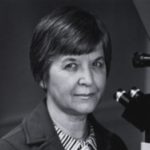
Stephanie Kwolek invented Kevlar, a high performance fiber used in protective gear, while she was at DuPont working as a chemist. She was inspired by her mother, who was always interested in fabrics and sewing.
Stephanie Kwolek invented Kevlar, a high performance fiber used in protective gear, while she was at DuPont working as a chemist. She was inspired by her mother, who was always interested in fabrics and sewing.
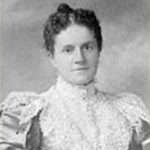
Emily Roebling helped carry on her husband's work on the Brooklyn Bridge after his passing. Roebling took over her husband's position as Chief Engineer of the Brooklyn Bridge while he was bedridden for 10 years. She and her family were responsible for the project's completion.
Emily Roebling helped carry on her husband's work on the Brooklyn Bridge after his passing. Roebling took over her husband's position as Chief Engineer of the Brooklyn Bridge while he was bedridden for 10 years. She and her family were responsible for the project's completion.

Dr. Bath invented the Laserphaco Probe to be used for cataract treatment. She is the first Aftrican American female doctor to be granted a patent.
Dr. Bath invented the Laserphaco Probe to be used for cataract treatment. She is the first Aftrican American female doctor to be granted a patent.
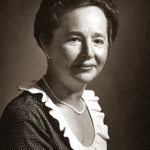
Gertrude Elion was a pioneer in developing drugs to treat AIDS, herpes, and organ transplants. She was a Nobel Prize recipient.
Gertrude Elion was a pioneer in developing drugs to treat AIDS, herpes, and organ transplants. She was a Nobel Prize recipient.
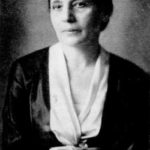
Lise Meitner discovered nuclear fission, the foundation for nuclear power, along with Otto Hahn.
Lise Meitner discovered nuclear fission, the foundation for nuclear power, along with Otto Hahn.
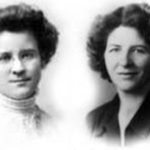
Mother-daughter-duo Katherine Briggs and Isabel Briggs Myers invented the Myers-Briggs Type Indicator. Both wanted to help individuals understand their differences and draw light to the beauty of diversity through psychology.
Mother-daughter-duo Katherine Briggs and Isabel Briggs Myers invented the Myers-Briggs Type Indicator. Both wanted to help individuals understand their differences and draw light to the beauty of diversity through psychology.
Archival Silences
What are archival silences?
Archival silences are the unspoken truths of a particular moment in history. Examples of archival silences are slave narratives, because many slaves passed their narratives down through song because they could not write. Even if slaves did write their narratives down, they would not be covered by the polarized press at the time of slavery.
Why are archival silences important?
One must consider what is not being said in any part of history. One must question every part of history, truly break it down, and piece back together only the parts that are positively true. This includes questioning what is featured in an archive and what is not. We all know that history is written by the winners, but do the losers have the opportunity to make a statement?
Archival Silences in Women Inventors
When going through Women Inventors readers can deduce that the majority of documents, photos, and histories are sources from smaller publications rather than large databases. This is due to archival silences. Many of the women featured in this archive have been given credit after their deaths, and after being honored in their obituaries. However, before their deaths many people in the general public had no idea of their contributions to our modern world.
Did everybody get credit?
Mary Anderson
Mary Anderson, inventor of the windshield wiper, did not receive any credit for her invention. After she invented the windshield wiper she went to many manufacturers pitching her product. Everyone rejected her and did not take her up on her pitch. Ten years later every car sold came with windshield wipers. Anderson's patent expired and she never made any money off of her invention.
Margaret Knight
Margaret Knight, inventor of the machine to make paper bags, almost did not receive credit. She patented her invention on July 11, 1871 and was spied on by Charles F. Annan who attempted to steal her patent.
Lise Meitner
Lise Meitner, credited with the discovery of nuclear fission, received credit eventually. Meitner did not have the opportunity to share the Nobel Prize in Chemistry awarded to her partner Otto Hahn. The pair had been working with their discovery in harmony until this hiccup. Many people quickly identified that this action of not honoring her work was unfair which led to her having chemical element 109 being named "meitnerium."
Further research
There are many resources readers interested in this topic can refer to for more understanding of woman inventors. These include:
- Girls Think of Everything, by Catherine Thimmesh
- Famous Women Inventors
- Great Female Inventors
Sources and Credits
All images and information is sourced from the DPLA unless otherwise stated.
